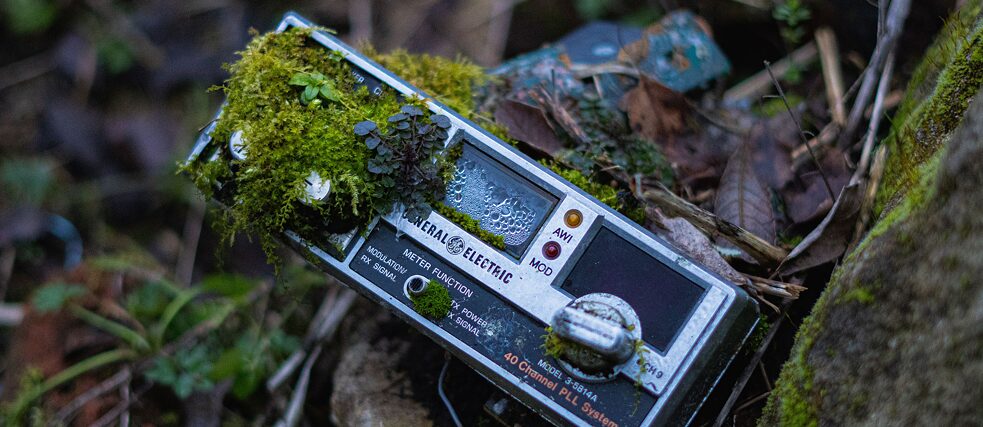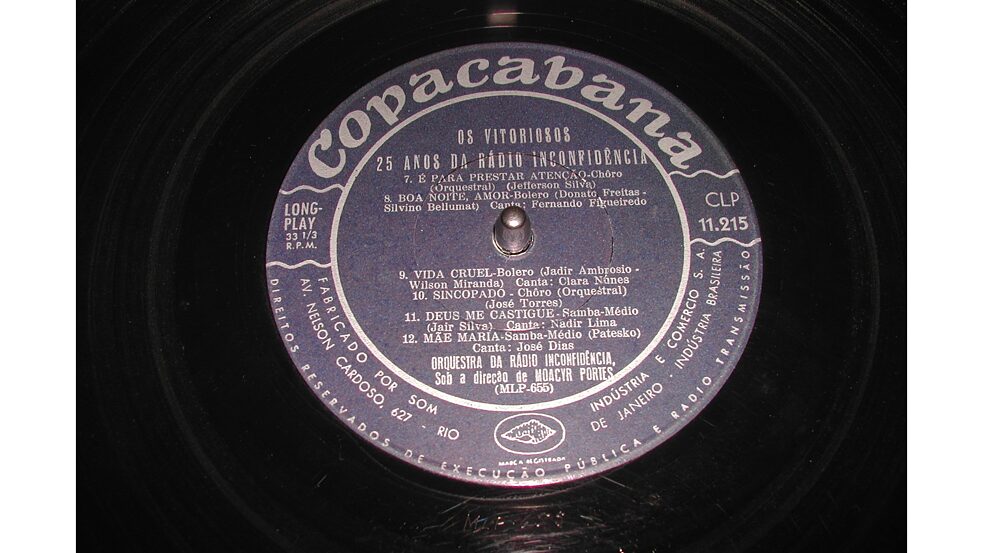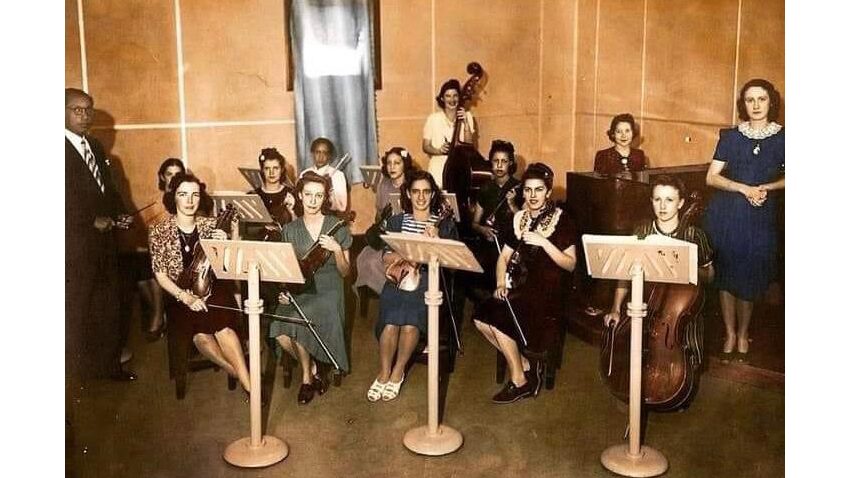On air
Just Turn on the Mic

If there is an electrical or technological collapse, the only appliance that will still work will be the good old battery-operated radio. “That’s why I always keep one at home,” says Brazilian journalist Waleska Falci, who has been faithful to the media, which just turned one hundred years old.
From my earliest memories, music and radio have always accompanied my life. At the end of the 1970s, during my childhood, when I would travel by car with my family through the countryside in a Volkswagen Variant, I used to watch the sun rise to the tune of Milton Nascimento’s song Travessia. As a teenager, the first thing I would do when I got home from school was turn on the radio and listen to my favorite songs, in addition to tending to recording radio shows on K7 tapes. I was already putting together my own playlist!
Never had I ever imagined that in the future I would be working with exactly what I liked to do most – that my profession would become a continuation of my youthful hobby. At a little over 20 years-old, still in college in Belo Horizonte, I felt privileged to be hired by the then new alternative radio station, Geraes. In its early years, it was an experimental audience phenomenon, which defied the mainstream, distinguishing itself from all the others in the city. That was where I learned how to perform various functions: hosting, production, musical programming, establishing institutional partners, reporting, and interviewing for radio.
Spontaneous Dissemination
At the time, technological resources for publishing content or advertising through streaming and social media were nonexistent. We worked with vinyl, CDs and DATs. Our audience was built organically, with spontaneous dissemination among the listeners’ own social networks. The idea of a culturally and educationally private radio survived for a few years, but gradually was lost to a few advertisers.A little over ten years later, in 2005, I joined a pioneering public radio company in Brazil as a permanent employee. Founded in 1936 in Belo Horizonte, Rádio Inconfidência was created with the intention of reaching the country’s interior. In the 1940s, it had an orchestra made up uniquely of women and a freshmen program that introduced names such as the well-known singer Clara Nunes (1942-1983). In 1979, Inconfidência inaugurated the FM station –Brasileiríssima, created to propagate national culture, which for 44 years has been disseminating Brazilian music exclusively.
Different Accents and Various Locations
In my 18 years working there, I have had the opportunity and privilege to revisit Brazil’s history through music: familiarizing myself with the origins of samba, chorinho, and bossa nova, listing to and playing indigenous musical productions, Afro-descendant rhythms, and learned about the various accents and Brazilian regions.I’ve also had some unforgettable moments, like when I interviewed and planned a surprise birthday party for composer Toninho Horta, considered one of the most influential guitarists in the world of jazz in the 20th century. The celebration, with several guests, was a live jam session, and the show later became a mini documentary.
83% of Brazil’s Population Listens to It
One of the things I admire most in the medium of radio is the spontaneity and speed with which we can transmit information. On television, we need a team to prepare lighting, cameras, makeup, costumes, and text on the teleprompter. In the written or digital press, the text needs to be typed or edited before it can be published. In radio, just turn on the mic and the news is already “on the air”. There have been many times when I reported breaking news just by pressing the microphone’s “on” button, while the editorial team was producing more in-depth texts. This immediacy is unmatched by any other medium of communication.After being ostracized on two occasions – first, when television emerged; and later with the advent of the CD, the internet and streaming – , radio has renewed itself and stands firm in its hundredth year of existence. And it continues to be one of the major media that is present in daily life: according to a study conducted in 2022 by the company Kantar Ibope Media, 83% of Brazil’s population listens regularly to radio.
A Daily Exercise in Resistance
Unfortunately, however, we still do not have an independent fundraising system for radio and TV, as is the case in some European countries. In Brazil, public broadcasters depend on resources that come directly from regional government, which allows political parties and government to interfere in the editorial and artistic line. If the major challenge for a cultural and educational radio station is to produce relevant content amidst the avalanche of information these days, when it comes to public broadcasting, we must also be attentive that they do not start serving the political interests of the governments in power.Working at a public radio station in Brazil is, therefore, a daily act of resistance in favor of editorial independence and maintaining the existence of radio – the most powerful medium of communication created to this day. One of the things I always like to mention when someone tells me that “radio is becoming obsolete” is, if there is an electrical or technological collapse in the country or in the world, the only appliance that will still work to bring information to the entire population will be the good old battery-operated radio. That’s why I always keep one with new batteries at home.



